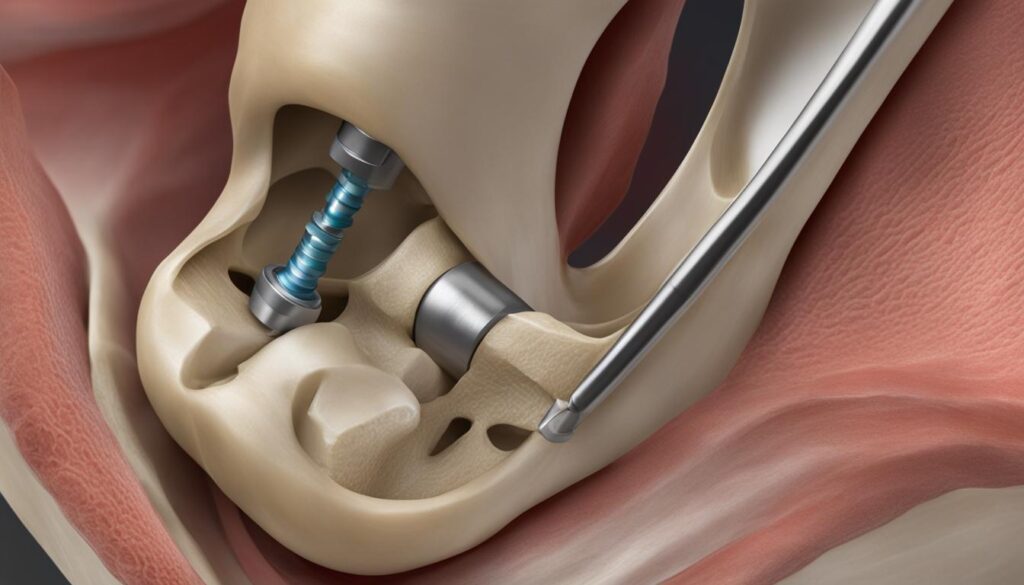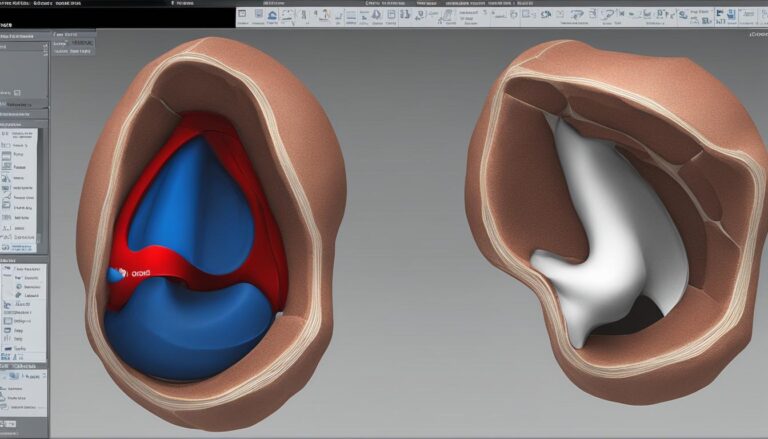Understanding the Patella: What Kind of Bone Is It?
Did you know that the patella, commonly known as the kneecap, is the largest sesamoid bone in the human body? This small, yet powerful bone plays a crucial role in our skeletal system, aiding in leg extension and protecting our knees from injury. Let’s delve into the fascinating anatomy of the patella and uncover its importance within the intricate structure of our knees.
Anatomy and Structure of the Patella
The patella, also known as the kneecap, is a triangular bone that plays a crucial role in knee function and stability. Let’s explore its anatomy and structure in detail.

The patella has anterior and posterior surfaces. Its apex is attached to the tibial tuberosity via the patellar ligament, while the base provides attachment for the quadriceps tendon. This anatomical arrangement enables the patella to act as a fulcrum, enhancing the efficiency of the quadriceps muscle during knee extension.
The patella is located deep to the fascia lata and rectus femoris tendon, anterior to the knee joint. Its posterior surface features several facets that articulate with the medial and lateral condyles of the femur. This articulation allows for smooth movement and proper alignment of the patella within the patellofemoral groove.
The position, alignment, and rotation of the patella are essential factors in patellar tracking, which is the patella’s movement during knee flexion and extension. Any deviations or abnormalities in patellar tracking can lead to patellofemoral pain and dysfunction.
Now that we understand the anatomy and structure of the patella, let’s explore its functions and importance in the next section.
Functions and Importance of the Patella
The patella, also known as the kneecap, serves two essential functions in the knee joint. Firstly, it plays a crucial role in enhancing the extension of the leg. The patella acts as a lever, increasing the leverage of the quadriceps tendon on the femur. This enhanced leverage allows for more efficient knee extension and greater force generation by the quadriceps muscle.
Secondly, the patella provides vital protection to the anterior aspect of the knee joint. It acts as a bony shield, helping to prevent direct trauma to the knee joint and providing added stability and support. By acting as a protective barrier, the patella safeguards the structures within the knee joint from potential damage.
The functions of the patella are instrumental in maintaining proper knee function and preventing injuries. Its ability to enhance leg extension and offer protection enables smooth and efficient movement while minimizing the risk of harm to the knee joint.

Common Conditions and Injuries Involving the Patella
In addition to its crucial role in knee function and stability, the patella is susceptible to various conditions and injuries. Understanding these conditions is vital for diagnosing and effectively treating patellar issues.
Patellar Dislocation and Subluxation
One common condition involving the patella is patellar dislocation, which occurs when the patella is forced out of its normal position within the patellofemoral groove. This displacement can lead to pain, instability, and a popping sound during movement.
Patellar subluxation is a partial dislocation of the patella, where the kneecap temporarily moves out of place but returns to its original position on its own. Although less severe than a complete dislocation, patellar subluxation can still cause pain and discomfort.
Patellar Fracture
Another injury affecting the patella is a patellar fracture, which can result from direct trauma or sudden contraction of the quadriceps muscle. These fractures can range from small cracks to complete breaks in the patella bone.
The severity of the fracture determines the treatment approach. In some cases, immobilization with a cast or brace may be sufficient for healing. However, more severe fractures may require surgical intervention to realign and stabilize the patella.
Osteoporosis and Patellar Health
Osteoporosis, a condition characterized by the gradual weakening of bones, can also impact the patella. Weakened bones are more prone to fractures, including those involving the patella. Therefore, individuals with osteoporosis have an increased risk of experiencing a patellar fracture.
It is crucial for individuals with osteoporosis to take measures to protect their bones and minimize the risk of fractures throughout the skeletal system, including the patella.
Conclusion
The patella, also known as the kneecap, is a unique bone located in the anterior aspect of the knee joint. As the largest sesamoid bone in the body, it plays a crucial role in knee function and stability. The patella serves as an attachment point for tendons and ligaments, enhancing the efficiency of leg extension and providing protection to the knee joint.
Understanding the anatomy and functions of the patella is essential in diagnosing and treating various conditions and injuries that may affect it. By recognizing the significance of the patella within the skeletal system and its intricate role in knee anatomy, we gain a deeper appreciation for the complexity of the human body and the importance of maintaining proper knee function.
The patella’s position, alignment, and rotation can impact patellar tracking and potentially lead to patellofemoral pain and dysfunction. Conditions such as patellar dislocation, subluxation, fractures, and the effects of osteoporosis may affect the patella’s integrity. Identifying and addressing these issues is vital in preserving knee health and overall well-being.
In conclusion, the patella is a remarkable bone that deserves careful attention. Its role in the skeletal system and knee anatomy cannot be overstated. By understanding the functions and significance of the patella, we can work towards maintaining optimal knee function and ensuring a healthy and active lifestyle.
FAQ
What is the patella?
The patella, also known as the kneecap, is the largest sesamoid bone in the human body. It is located anterior to the knee joint within the tendon of the quadriceps femoris muscle.
What role does the patella play in the knee?
The patella serves as an attachment point for both the quadriceps tendon and the patellar ligament. It increases the quadriceps muscle’s effective extension capacity by increasing the patellar ligament’s moment arm. Additionally, the patella protects the quadriceps tendon from frictional forces and acts as a bony shield for deeper structures in the knee joint.
How does the patella enhance leg extension?
The patella acts as a fulcrum to increase the moment arm of the extended knee, enhancing the efficiency of the quadriceps muscle.
What functions does the patella serve?
The patella has two main functions. Firstly, it enhances leg extension by increasing the leverage of the quadriceps tendon on the femur, allowing for more efficient knee extension and greater force generation by the quadriceps muscle. Secondly, the patella provides protection to the anterior aspect of the knee joint by acting as a bony shield, preventing direct trauma to the knee joint and providing added stability and support.
What are some common conditions and injuries involving the patella?
Common conditions and injuries involving the patella include patellar dislocation, patellar subluxation, patellar fracture, and osteoporosis.
How is a patellar fracture treated?
Patellar fractures can be treated with immobilization or surgery depending on the severity.
What are the symptoms of patellar dislocation?
Patellar dislocation can cause pain, instability, and a popping sound during movement.
How does osteoporosis affect the patella?
Osteoporosis, a condition that weakens bones, can also affect the patella and increase the risk of fractures.







